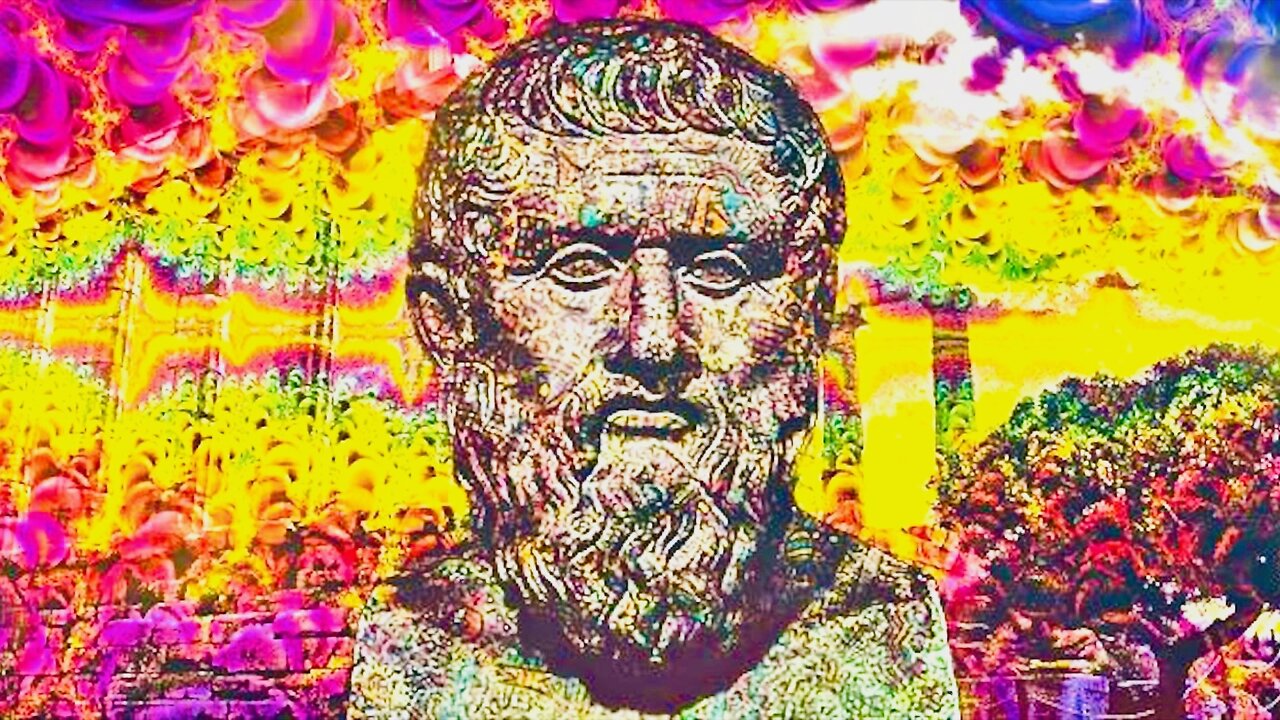Premium Only Content

History of Ancient Drugs - Full Documentary
Archaeological evidence shows that humans were taking opium and ‘magic’ mushrooms as far back as 10,000 years ago. Some scholars even believe that a few notable Greeks, like Pythagoras, couldn’t have come up with their genius theories and philosophies without some form of drug use. Texts from ancient history suggest there may be truth in these claims. This article focuses on the various drugs used in ancient culture, as well as highlighting the importance of modern day drug rehabilitation, from state funded rehab centers to luxury rehab centers .
Harmal
Harmal was commonly used by West Indian , Iranian and Andean cultures. Interestingly, it was recently discovered in the hair of an adult male mummy and a mummified one-year-old baby in Northern Chile. The older male was buried with snuffing trays and pipes which may have been used to consume the drug. The remains are believed to be from 800 to 1200 AD.
Harmal is a flowering plant that can be converted to the chemical Harmine through a distillation process. The chemical works as a strong antidepressant and has the ability to magnify the effects of other anti-depressants.
Cannabis
The wider world is certainly no stranger to this drug, with thousands of cannabis legalization debates taking place across the globe. However, it has been in use for thousands of years and is believed to have been used in ancient Central and South Asia. A 2,7000-year-old grave in western china exhibits the most recent evidence of the drug being used as a psychoactive substance in ancient times; around 789 grams, or 1.7 pounds of the substance was found in the shaman’s grave.
Cannabis was cultivated in the past for its hemp fiber but it has also been used as a meditation aid and painkiller by Sikhs for generations. Although cannabis is still illegal in the majority of places, there are instances of medical legalization due to its use as treatment of glaucoma and increasing the body’s appetite.
Coca Leaf
Coca leaf was chewed and brewed into tea for consumption by the Mayans due to its powerful stimulating effects. This was long before the idea of distilling the plant into a strong cup of coffee had been conceived. The drug is very potent: a mere 100 grams of coca plant leaves contain the daily recommended intake for vitamins, iron, phosphorous, calcium and iron. Coca leaf can be found in Medellin and other parts of Southern America.
Psilocybin
Psilocybin was used by Ancient people in the Saharan Desert as well as throughout Central and South American cultures. Also known as ‘magic mushrooms’, they have been found in North African murals dated anywhere from 9000 to 7000 BC. Eating magic mushrooms is known to cause nausea and hallucinations, which were warmly embraced by ancient users as they believed it offered them access to higher levels of intelligence. It is widely believed by drug history students that the hallucinations caused by magic mushrooms led to some of the most famous religious and cultural evolutions of our entire species.
There are different varieties of mushroom all around the world, but one quick way users obtain them today is to grow it on cattle dung. Some shops in the Netherlands and some parts of Belgium have been known to sell magic mushrooms as well.
Opium
Opium is undoubtedly the most widely used drug in ancient history. The history of opium is long and complex but scholars believe it was first cultivated by Sumerians in 3400 BC. Some of the ancient users of the drug include Romans, Greeks, Indians, Egyptians, Assyrians, as well as the Sumerians. Opium is derived from the latex found in the husk of the poppy flower. This latex contains morphine which is the active ingredient in the drug. Historically, the drug was used to provide pain relief, induce sleep, cure diarrhea and even improve libido.
The drug is processed into derivatives like heroin today, while the flowers can be turned into a potent tea. Afghanistan is the largest producer of opium poppies. Production levels have remained high even with present day anti-drug beliefs and middle-eastern political turmoil.
Blue Lotus
Blue lotus was a favorite amongst ancient Egyptians. The drug tends to put users in a more talkative, relaxed and even, in some cases, aroused mood; although modern users point to the blissful sleep it can provide as one of the key reasons for its popularity. The chief method of consumption is brewing the flowers into tea or alcohol, which enhances the potency of the active chemicals in the lotus flower. The drug is known to cause a state of mental weariness as alluded to by Homer in The Odyssey . When Odysseus consumed the plant, he lost his desire to fight the Greek gods and continue his journey back to Ithaca. Blue lotus is perhaps the most common on this list, as it can be found for sale in thousands of different locations online.
-
 3:28
3:28
Seeker Land
1 month agoHamas Shoots Gaza Civilians Collecting US Aid - Palestinians Thank Trump & Praise Bibi Netanyahu
180 -
 LIVE
LIVE
Turning Point USA
33 minutes agoSAS is LIVE! Alex Clark, Jobob, Charlie Kirk, Roger Stone and more... in Tampa, FL!
6,690 watching -
 1:16:44
1:16:44
Wendy Bell Radio
4 hours agoWeekends With Wendy
13.6K57 -
 2:13:19
2:13:19
Badlands Media
1 day agoDevolution Power Hour Ep. 371: RICO Dreams and Epstein Schemes
121K100 -
 18:25
18:25
DeVory Darkins
1 day ago $55.54 earnedShocking Update regarding Pam Bondi's resignation... DOJ explosive clash with FBI exposed
91.1K451 -
 19:38
19:38
Stephen Gardner
17 hours ago🔥It JUST got SO MUCH WORSE for Elon Musk!
104K194 -
 2:54:52
2:54:52
DLDAfterDark
11 hours ago $16.77 earnedIf SHTF What Are You Taking With You? What's The Best AR15? After Hours Armory!
57.8K6 -
 55:06
55:06
MattMorseTV
19 hours ago $56.05 earned🔴Pam Bondi is getting SET UP ??🔴
168K264 -
 2:54:52
2:54:52
BlackDiamondGunsandGear
1 day agoTIME IS NOW, What are You Taking? EDC
43K3 -
 8:54:32
8:54:32
Turning Point USA
22 hours agoSAS IS LIVE! Brett Cooper, Tulsi Gabbard, Greg Gutfeld, Russell Brand and more... in Tampa, FL!
1.63M149